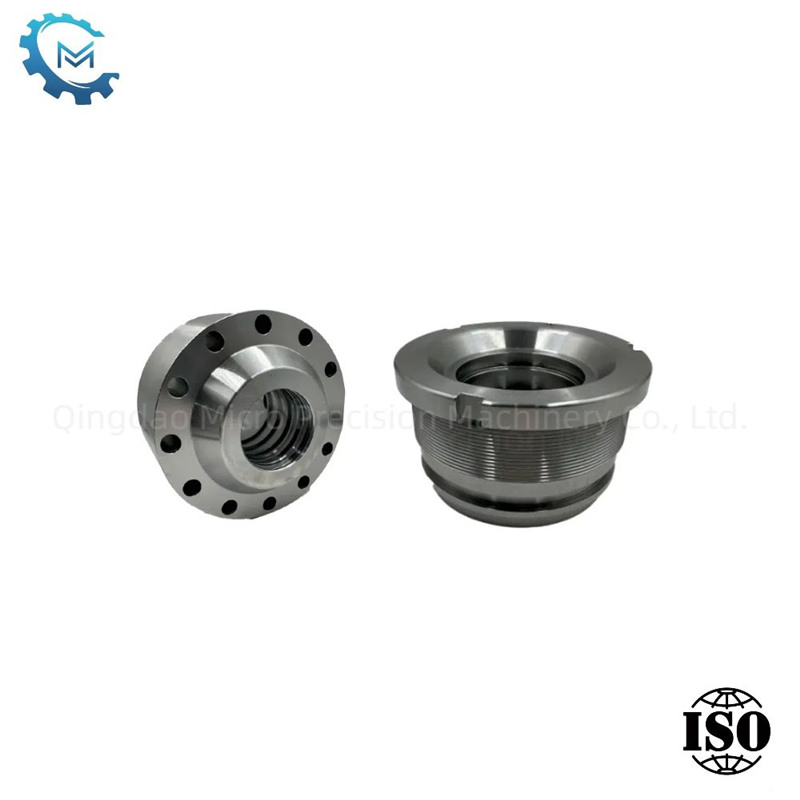- English
- Español
- Português
- русский
- Français
- 日本語
- Deutsch
- tiếng Việt
- Italiano
- Nederlands
- ภาษาไทย
- Polski
- 한국어
- Svenska
- magyar
- Malay
- বাংলা ভাষার
- Dansk
- Suomi
- हिन्दी
- Pilipino
- Türkçe
- Gaeilge
- العربية
- Indonesia
- Norsk
- تمل
- český
- ελληνικά
- український
- Javanese
- فارسی
- தமிழ்
- తెలుగు
- नेपाली
- Burmese
- български
- ລາວ
- Latine
- Қазақша
- Euskal
- Azərbaycan
- Slovenský jazyk
- Македонски
- Lietuvos
- Eesti Keel
- Română
- Slovenski
- मराठी
- Srpski језик
How do you diagnose a bad cylinder head?
2025-03-04
The cylinder head not only carries the high-pressure transmission of hydraulic oil, but is also directly related to the stable operation of the equipment. Once the cylinder head is damaged, it will not only affect production efficiency, but may also cause serious safety hazards. Therefore, we have summarized a complete set of diagnostic methods to ensure that potential problems of the cylinder head can be discovered quickly and accurately.
1. Visual inspection
The first step in diagnosing cylinder head damage is always to perform a visual inspection. We will carefully observe whether there are obvious cracks, scratches or corrosion marks on the surface of the cylinder head. Cracks may gradually expand under high pressure and eventually cause the cylinder head to break; while scratches and corrosion may weaken the strength of the cylinder head and affect its sealing performance. We also check the threaded part of the cylinder head to see if there is any wear or damage, because the integrity of the thread is crucial to the tight connection between the cylinder head and the cylinder body.
2.Sealing test
The core of the hydraulic system lies in its sealing, and the cylinder head is no exception. In order to detect the sealing of the cylinder head, we will install it on a special test device, simulate the actual working environment, and inject a certain pressure of hydraulic oil into the cylinder. By observing the pressure changes of the hydraulic oil and whether there is leakage, we can judge the sealing performance of the cylinder head. If it is found that the hydraulic oil pressure drops too fast during the test, or hydraulic oil leaks at the connection between the cylinder head and the cylinder body or the sealing part of the cylinder head, we will further check whether the sealing components such as the sealing ring and the sealing gasket are aged, damaged or improperly installed.
3. Pressure test
In addition to the sealing test, we will also perform a pressure test on the cylinder head to evaluate its load-bearing capacity under high pressure. Install the cylinder head on the pressure test bench and gradually increase the pressure of the hydraulic oil. We will closely observe the deformation of the cylinder head and whether there are signs of cracks. If the cylinder head shows obvious deformation or cracks during the pressure test, it can be determined that the cylinder head is damaged and cannot be used any further.
Conclusion
At Qingdao Micro Precision Machinery Co., Ltd., we always adhere to customer-centricity and quality as the cornerstone. Through the above series of rigorous diagnostic methods, we can quickly and accurately determine whether the cylinder head is damaged, and take corresponding repair or replacement measures in time to ensure the normal operation of the hydraulic system.





